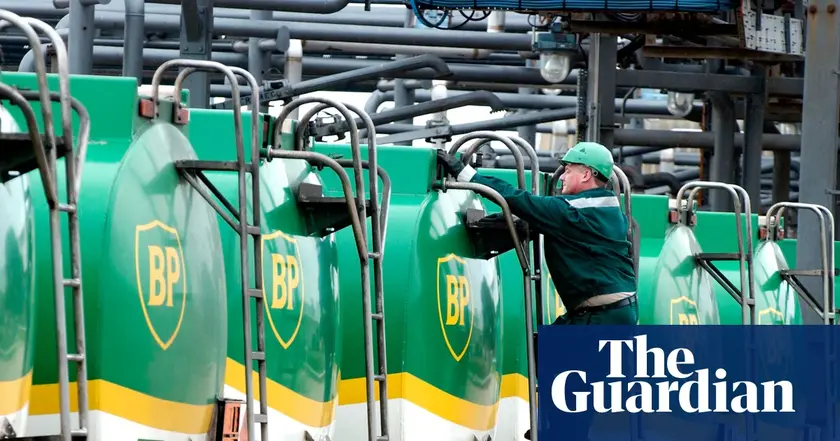T4K3.news
FEWS NET Back Online
The U.S. famine early warning system FEWS NET has resumed operations after a halt and will publish updated forecasts.

The piece examines FEWS NET’s revival after a Trump-era halt and what it means for famine forecasting.
FEWS NET Returns After Trump Freeze Aims to Predict Famine
In 1985 famine images spurred Live Aid and the birth of FEWS NET, a global system that blends weather data, trade flows, crop reports and migration patterns to forecast hunger. For decades it guided where aid should go and when to act. Then in January, President Trump issued stop-work orders that shut FEWS NET offline, ending work at USAID on that program. By April some elements returned and by June the site was back, with plans for a full eight-month outlook to resume in October. The State Department did not respond to requests for comment on the restart or the future budget.
Aid workers welcomed the return but cautioned that gaps in data and delays in reporting could still slow decision making. The 2016 Ethiopian drought showed FEWS NET’s potential to avert a crisis, while others worry about political influence and funding constraints as aid budgets shrink. Ethiopian authorities previously shut down an IPC system and now face concerns about data reliability if independent sources are weak. Staff continuity helped speed the restart, with many veterans returning to work, underscoring how fragile such systems can be when political choices pull funding.
Key Takeaways
"That lighthouse that helps to guide through that sea where the ships should go to help the people."
Luis Ramirez describes FEWS NET as a guiding beacon for aid actions.
"It is far, far cheaper to prevent a disaster than it is to relieve suffering when a disaster unfolds."
Alex de Waal speaks to the economic logic of early warning systems.
"There were reverberations around the world because so many people were relying on that information."
Caitlin Welsh notes the global impact of the offline period.
"There hasn't actually been a gap in monitoring, in many cases."
Tanya Boudreau remarks on staff continuity during the shutdown.
FEWS NET’s revival raises questions about independence, funding, and political will. The system’s core value is its independence from host governments, a feature that now matters more as aid budgets tighten. If donors hesitate, the risk is a slower response to new hunger hotspots or a longer gap in critical data. The article shows a mixed picture: progress toward reestablishing reporting, but lingering doubts about data quality and whether eight-month forecasts will translate into faster action on the ground. The broader trend is clear: forecasting is cheaper than relief, but only if the money and policy support follow the data. The comeback also tests how much trust governments place in external data versus domestic channels, a dynamic that could shape future humanitarian strategy across regions facing drought, conflict and economic instability.
Highlights
- That lighthouse guides ships to where help is needed.
- It is far, far cheaper to prevent a disaster than it is to relieve suffering when a disaster unfolds.
- There were reverberations around the world because so many people were relying on that information.
- There hasn't actually been a gap in monitoring, in many cases.
Potential budget and political sensitivity around FEWS NET revival
The restart depends on stable funding and political support. Budget cuts or shifts in aid policy could undermine data quality and timely warnings, affecting the system’s credibility and impact.
A steady stream of data and funds remains essential to keep the warning network robust.
Enjoyed this? Let your friends know!
Related News

Poppi sold to Pepsi for 1.9B

BP appoints new chair amid strategic shift

BP announces major oil discovery off Brazil

Nigel Farage unveils £17bn plan to tackle UK crime

Leeds beat Everton as Nmecha seals return win

Trickshot videos captivate millions online

Trafficking rings target young victims in Britain

GOBankingRates Shares Money Management Insights
